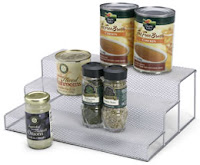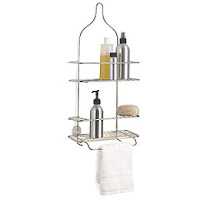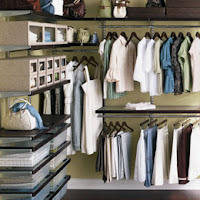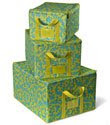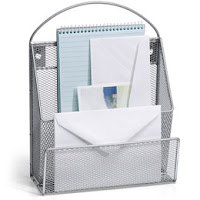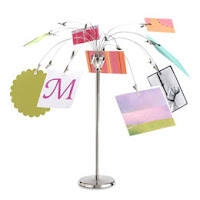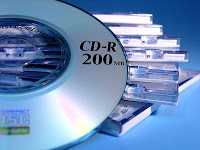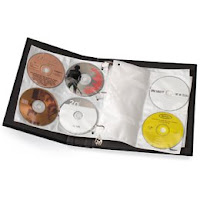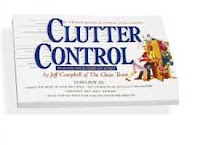
These are tough times for a lot of us. Finding clever ways to save money cleaning can make a difference in your monthly budget. After years of Clean Team rules designed to help you save time, we have come up with a few economically friendly cleaning ideas to help save you money.
Buy in concentrate: If you purchase cleaning solutions, detergents and even juices in concentrate you’ll save cash with each purchase. Manufacturers spend less money on packaging and shipping waterless concentrate formulas and pass the savings onto you!
Use more “All-Purpose” cleaners: Instead of using a variety of cleaners for specific job, use an all-purpose cleaner for most of your cleaning jobs, and keep only a few specialty cleaners on hand for specific problems like mineral deposits or heavy soap scum.
Make your own cleaners: You can use vinegar and water for glass and mirrors, sprinkle baking soda on carpets to freshen them, use rubbing alcohol as a gunk remover and bleach and water as a inexpensive disinfectant.
Use cloths instead of paper towels: Reusable is both budget and environmentally friendly. Save paper towels for quick pick ups and use cleaning cloths for your heavy duty cleaning.
Save on Energy Costs: Sweep instead of vacuuming. You may not be able to sweep everytime, but if you rate sweeping with vacuuming, you’ll save money on electricity. Plus, if your vacuum takes bags – you’ll be putting money in your pocket by having to replace them less often.
Buy in concentrate: If you purchase cleaning solutions, detergents and even juices in concentrate you’ll save cash with each purchase. Manufacturers spend less money on packaging and shipping waterless concentrate formulas and pass the savings onto you!
Use more “All-Purpose” cleaners: Instead of using a variety of cleaners for specific job, use an all-purpose cleaner for most of your cleaning jobs, and keep only a few specialty cleaners on hand for specific problems like mineral deposits or heavy soap scum.
Make your own cleaners: You can use vinegar and water for glass and mirrors, sprinkle baking soda on carpets to freshen them, use rubbing alcohol as a gunk remover and bleach and water as a inexpensive disinfectant.
Use cloths instead of paper towels: Reusable is both budget and environmentally friendly. Save paper towels for quick pick ups and use cleaning cloths for your heavy duty cleaning.
Save on Energy Costs: Sweep instead of vacuuming. You may not be able to sweep everytime, but if you rate sweeping with vacuuming, you’ll save money on electricity. Plus, if your vacuum takes bags – you’ll be putting money in your pocket by having to replace them less often.
Use Pump Sprays instead of Aerosols: Not only are many aerosol sprays terrible for the environment, they are also bad for your budget. Aerosols work by suspending liquid in air, creating a fine mist as you spray. This means that half the can is filled with air. Also, if you have ever been so unlucky to discover that if you expel the air from the can faster than the liquid inside, the can becomes unusable, creating a waste of product. Stick with pump-style sprayers. At least if the pump sprayer breaks, you can still open the top and use its contents!
Refer to rule 8 of Speed Cleaning: Keep your tools in impeccable shape – the better care you take of them the longer they’ll last.
Cheap doesn’t always mean inexpensive: Cleaning cloths start out more expensive than paper towels, but are money savers in the long haul. Chicken feathers just spread the dust around while ostrich down feathers actually attract dust and help you get the cleaning over with faster.
Get the most out of your Dishwasher per load: Fill it to the brim! If you rinse your dishes before loading them, you’ll need less detergent per load. Save by rinsing your dishes in a quarter full sink of hot soapy water instead of using gallons of running water. Adding a dish brush to the mix will only lessen your workload – and they last longer than sponges!
Refer to rule 8 of Speed Cleaning: Keep your tools in impeccable shape – the better care you take of them the longer they’ll last.
Cheap doesn’t always mean inexpensive: Cleaning cloths start out more expensive than paper towels, but are money savers in the long haul. Chicken feathers just spread the dust around while ostrich down feathers actually attract dust and help you get the cleaning over with faster.
Get the most out of your Dishwasher per load: Fill it to the brim! If you rinse your dishes before loading them, you’ll need less detergent per load. Save by rinsing your dishes in a quarter full sink of hot soapy water instead of using gallons of running water. Adding a dish brush to the mix will only lessen your workload – and they last longer than sponges!
Clean your Refrigerator Coils and Dryer Vents: Once or twice a year is all it takes to help make these appliances run more efficiently on less electricity.
We hope this ideas help save you money! Tell us how you save money, please share us your Cheap Cleaning tips!
We hope this ideas help save you money! Tell us how you save money, please share us your Cheap Cleaning tips!



